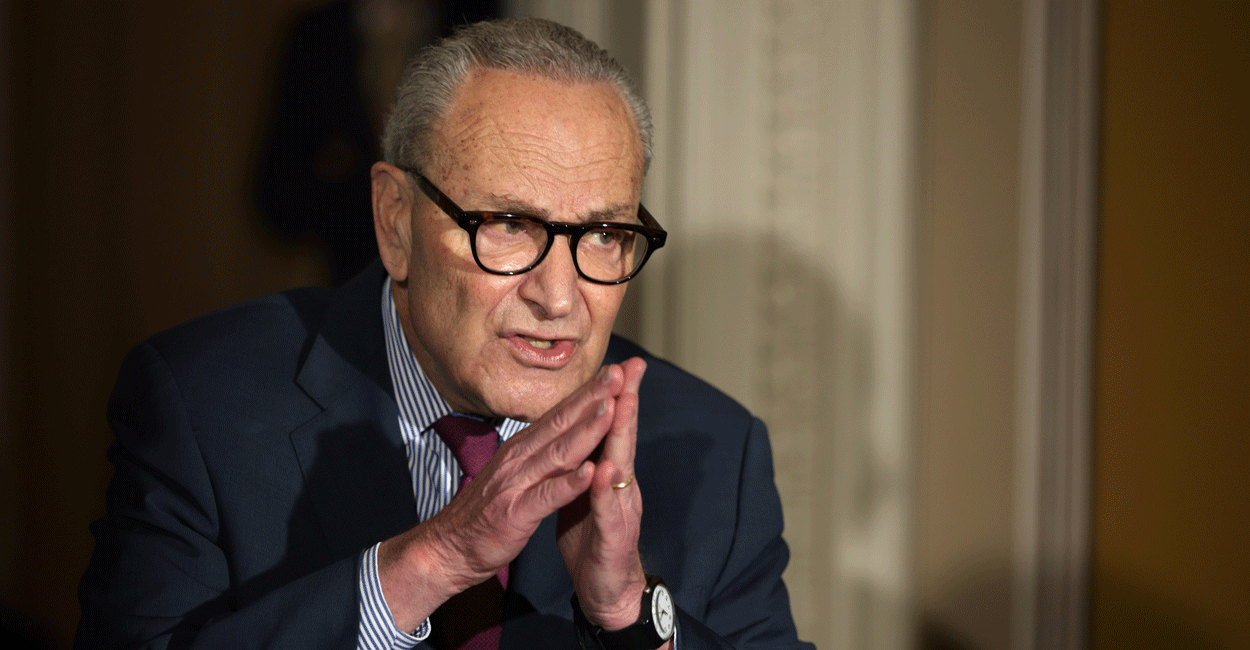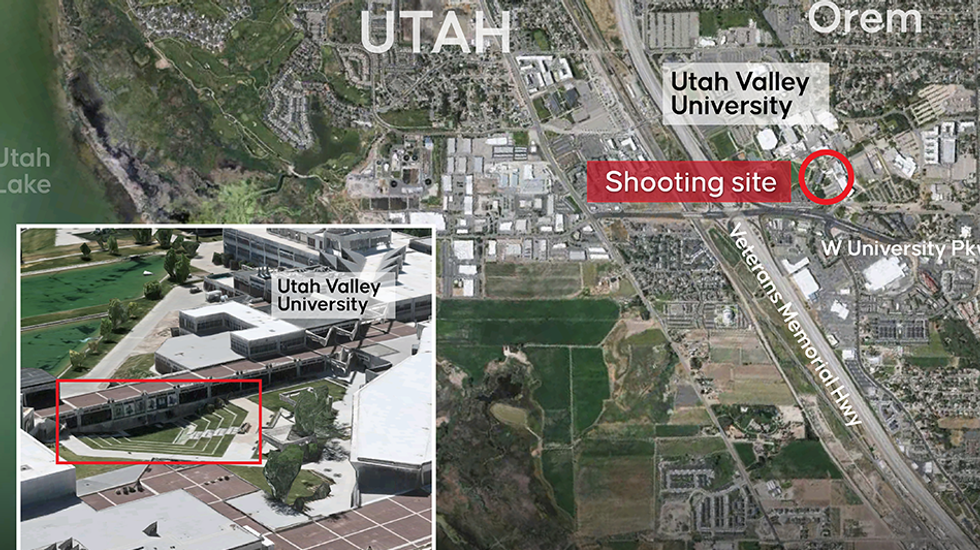Mark Milley’s legacy: Gridlock, dead zones, and lost time


In just a few months, the Trump administration has secured major wins for Americans by cutting bloated government, tightening border security, and reasserting U.S. strength abroad.
Now, as its economic agenda gains momentum, the administration is turning its focus toward repatriating wealth and boosting consumer confidence. Supporting the working class will also require renewing the president’s tax cuts — an essential step for sustaining growth and addressing the budget deficit and national debt.
Trump and his team are committed to breaking through the bureaucratic inertia and exposing outdated policy that blocks American competitiveness.
One practical way to pay down that debt is to auction off portions of the communications spectrum — America’s wireless airwaves — to competitive American companies. These firms have built out the high-speed networks we rely on every day. Spectrum auctions have already generated more than $258 billion for the U.S. Treasury. Yet, huge swaths of this valuable asset remain tied up in federal hands.
The last major spectrum auction, conducted under Trump’s first term, raised $22.4 billion. Since then, progress has stalled. The Department of Defense has refused to budge — blocking further releases of spectrum needed to expand 5G access and innovation.
That stonewalling was shaped in part by the rigid posture of former Joint Chiefs Chairman Gen. Mark Milley, who was criticized for backchannel communications with China and accused by President Trump of “treason.” Milley’s legacy of obstruction still casts a shadow over spectrum policy.
No one disputes the need for a strong, modern military. But the Pentagon’s refusal to share spectrum is hurting U.S. economic leadership. The benefits of 5G — greater efficiency, higher speed, and lower latency — depend on unlocking new constellations of network equipment that amplify wireless performance and shrink infrastructure costs.
China understands this. It has deployed the world’s largest 5G network and allocated more than 370% more spectrum than the U.S. It recently became the first country to reach 1 billion 5G connections. At the same time, Beijing has backed cybercriminals and hostile actors that target American infrastructure. The stakes are high — and the risks are real.
Instead of expanding spectrum access to keep pace, the U.S. Defense Department — under Milley’s watch and beyond — has distracted network developers with a “dynamic sharing framework.” This alternative relies on the Citizens Broadband Radio Service, marketed as a new frontier and “fertile ground” for wireless innovation.
In theory, it sounds promising. In practice, the system is riddled with inefficiencies. CBRS simply cannot meet the demands of the next wave of commercial and defense innovation. By clinging to bureaucratic workarounds, the government is slowing progress — and putting the U.S. further behind.
Independent experts have warned that the low broadcast power levels mandated in the CBRS spectrum severely limit performance. Users far from a cell tower face degraded service, while lower-priority operators may get no protection from interference and suffer from chronic congestion. Despite official spin, analysts report little to no meaningful investment or innovation from commercial players.
These dead-end designs stem in part from Milley’s resistance during his tenure to serious discussions about spectrum reform. But this stagnation has allies, even now that he’s gone.
Before the full scope of CBRS’ flaws became clear, cable industry operators placed big bets on it. They hoped new use cases would emerge, but soon realized CBRS couldn’t deliver on its promises. Rather than pivot to better broadband solutions, the cable lobby launched a campaign — “Spectrum for the Future” — aimed at locking competitors into these same flawed systems. The result: lobbying to preserve the status quo while freezing the wireless industry’s progress toward faster, more scalable infrastructure.
The United States cannot afford to cling to the illusion that military control of technology alone secures national strength. Commercial innovation is just as critical. President Trump understands this. As he moves his agenda forward, he and his team are committed to breaking through the bureaucratic inertia and exposing outdated policy that blocks American competitiveness.
We need to unleash more of our nation’s spectrum for commercial use. Anything less weakens consumers at home and cedes technological dominance abroad.
Originally Published at Daily Wire, Daily Signal, or The Blaze
What's Your Reaction?
 Like
0
Like
0
 Dislike
0
Dislike
0
 Love
0
Love
0
 Funny
0
Funny
0
 Angry
0
Angry
0
 Sad
0
Sad
0
 Wow
0
Wow
0













































































